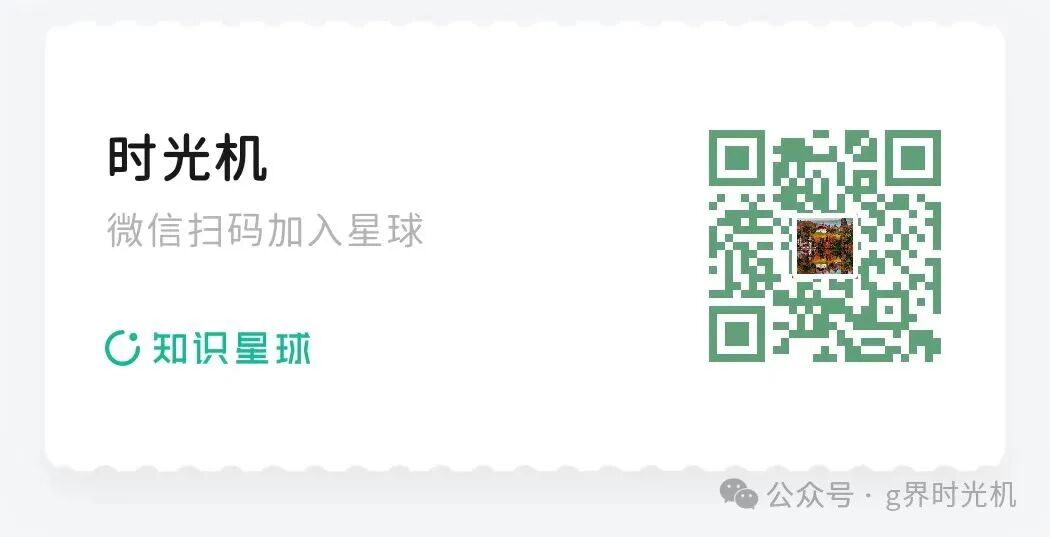[AI + Robotics Reshaping Health Consumption Paradigms]
As the wave of aging collides with the technological revolution, Rongtai Health positions itself in the intelligent health sector with a “dual-engine” strategy:
Core Hard Technology:
• AI large models build a “digital health steward” that integrates posture, stress, and physiological data, achieving a transition from one-size-fits-all mechanical massages to personalized intelligent interventions (e.g., customizing traditional Chinese medicine massage plans based on individual health conditions, adjusting massage intensity and location through voice interaction, and providing interactive voice companionship during massages))
• Robotic technology breaks traditional boundaries, with bionic robotic arms accurately replicating massage techniques (precision up to 0.5mm), and multi-axis linkage systems solving ergonomic adaptation challenges (Robotic arms: executing precision, while traditional massagers follow a set path, robotic arms can scan and accurately locate acupoints)
• Brain-machine: Collaborations with major brain-machine companies are underway, providing precise feedback for massage (biological feedback understands your body better than you do), such as when massaging a specific muscle/acupoint, brain-machine feedback biological signals like pain/discomfort/joy, etc., subsequently adjusting the massage plan.
Strong External Demand:
■ The silver economy + workplace wellness drive: the rehabilitation needs of the 65+ population are increasing by 15% annually, while the consumption of intelligent wellness products by the post-90s generation has tripled in three years
■ Extension of smart home scenarios: the penetration rate of health management terminals has surpassed the critical point of 20%, making home health pods a new necessity
New Business Ecosystem:
✓ Hardware sales are shifting to a “device + service” subscription model (annual retention rate for health monitoring subscriptions exceeds 70%)
✓ Data assets build a competitive moat: a database of millions of physiological indicators feeds back into AI evolution, creating a positive cycle where “the more users engage, the smarter it becomes”
✓ Technology spillover effects: flexible robotics extend into rehabilitation medicine, and AI models co-develop preventive medicine networks with top-tier hospitals
✓ Main Business Second Curve: The subsidiary Moxin Intelligent has been collaborating with a leading automotive seat brand for three years to develop automotive massage chairs. Currently, all automotive massage chairs on the market use airbag massage solutions, while the company is developing mechanical massage cores as an upgrade replacement.
Future Outlook:
In the short term, focus on B-end health space transformation (12 service sessions per device per day), in the medium term, look at C-end health data value-added services, and in the long term, anchor the trillion-level preventive medical market.
The RT8900AI, launched in 2025, has already achieved technological implementation and is collaborating with the Xiaomi ecological chain to develop four smart products aimed at young user groups (e.g., the “Momo Da” brand).
Exports account for 50% (30-40% OEM for South Korea’s BodyFriend), validating global scenario adaptation capabilities.
PS: Writing and sharing is not easy; thank you for your attention and likes. Your encouragement is my motivation!
Planets can discover hotspots in advance, exploring resilient targets through industrial research and avoiding excessive anxiety!
